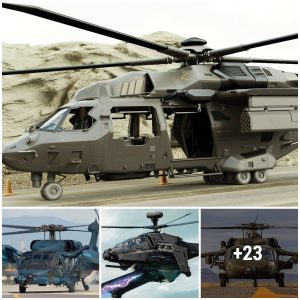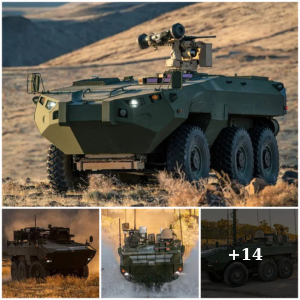The Godzilla project aims to maintain Japan’s position in a challenging region, where Russia and China both already possess advanced aviation assets
“Godzilla is coming!”. It’s not a funny title, Godzilla is really coming to Japan. But it’s not the cinematic monster we all know and love. In fact, this is the moniker of the sixth-generation fighter jet Mitsubishi F-X being developed domestically by Japan at an expected cost of about 5 trillion yen (about $48 billion). Accordingly, the Godzilla project aims to maintain Japan’s position in a challenging region, where Russia and China both already possess advanced aviation assets.

Japan and the UK seem to be teaming up for work on 6th generation fighter technology. According to a recent report from Nikkei Asia, Mitsubishi would work with the British-based BAE systems, and this follows the efforts by Tokyo and London to collaborate on engine parts. The development of the “F-X” would allow Japan to catch up, and even potentially counter Russian and Chinese stealth aircraft programs.
Development of the F-X, also unofficially called F-3, began after the United States opted to ban the export of the Lockheed Martin F-22 Raptor as part of the 1997 Obey amendment that was meant to help safeguard the fifth-generation fighter’s advanced technology. As Japan couldn’t purchase the Raptor it began to move forward with a program to develop a domestically-built fighter for the Japan Air Self-Defense Force.

The goal of the program is to replace the domestically-built Mitsubishi F-2 by the mid-2030s, while also bolstering the nation’s defense industry. The development of the F-X could potentially enable Japan to enter the international arms market amid Tokyo’s changing defense posture.
The F-X is expected to have a sizable airframe, which is also expected to house the needed fuel stores, for extended over-water operations, and a radar fit alongside internally-held weapons. Electric actuators will succeed the ages-old hydraulic approach and stealth qualities will figure heavily into the design to promote a reduced radar cross section and radar deflection – this accomplished by way of special materials and onboard systems. Composites will make up some of the fighter’s construction, reducing weight and enhancing performance.

Integrated sensors including an active electronically scanned array radar, passive radio frequency sensor, and an infrared camera will be incorporated to improve detection against stealth aircraft. Designers have considered featuring an F-35 style Helmet Mounted Display system combined with a single large liquid-crystal display. Furthermore, artificial intelligence using the man-machine interface is also being developed to streamline data flow and reduce pilot task loads.
Regarding propulsion, one of the main companies involved in the project, IHI Corporation, has been testing a new jet engine, the XF9-1 low-bypass turbofan engines since 2018. This engine is capable of pumping out around 16.5 tons of thrust with afterburners. This is impressive but it is still slightly lower than the F119 engines currently installed on U.S. F-22 Raptors. Japanese engineers have also been toying with thrust-vectoring nozzles for the XF9-1 engine which, if successful, could provide the F-X with some impressive mid-flight maneuverability. This kind of feature is currently an integral part of the F-22 and Russian Su-30 fighters.

Additionally, scientists at the defence ministry have also been working on high-speed-data-links that could network sensors and exchange targeting data with friendly forces- most likely through Link 16 secure data transfer system. It might also feature an “Integrated Fire Control for Fighters” system-wherein Japanese fighters could pool together their sensor and missile targeting capabilities, enhancing the accuracy of beyond visual range missiles. The F-X’s microwave weapon- which is likely to be a function of the nose-mounted radar system, could be used to fry circuitry in hostile ballistic missiles.
6th generation fighter crafts are, at the moment, conceptual and most of the proposed models are experimental at best. Nevertheless, the efforts seem to continue to get these models to the skies. The UK’s future “Tempest” stealth program and the European Future Combat Air System are some noteworthy examples. The Japanese Ministry of Defense has ambitiously planned to produce a “Godzilla” prototype around 2024, with its first flight in 2028. The F-X is also expected to enter mass production in 2031 and come into operation with a deadline of 2035.





